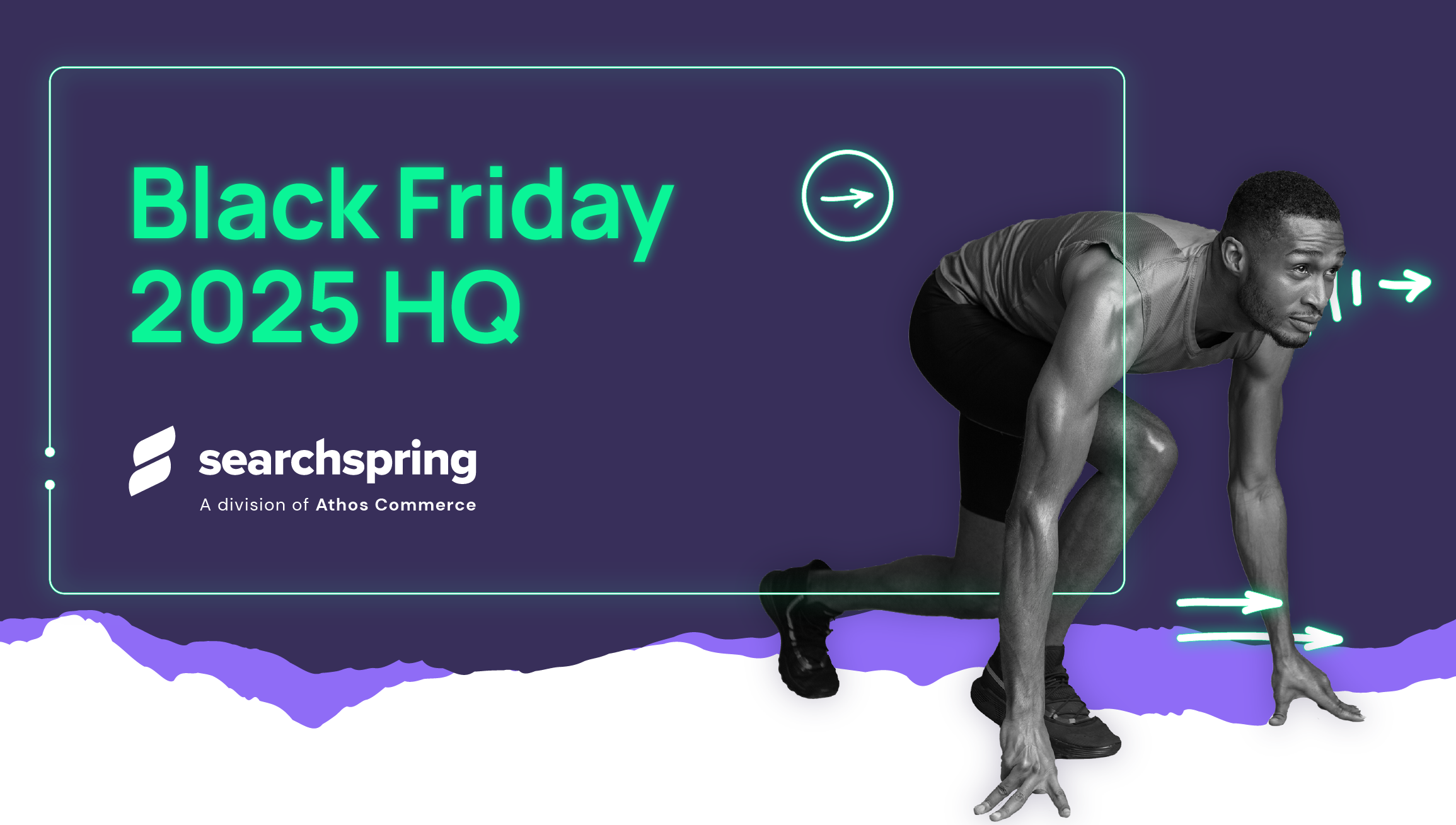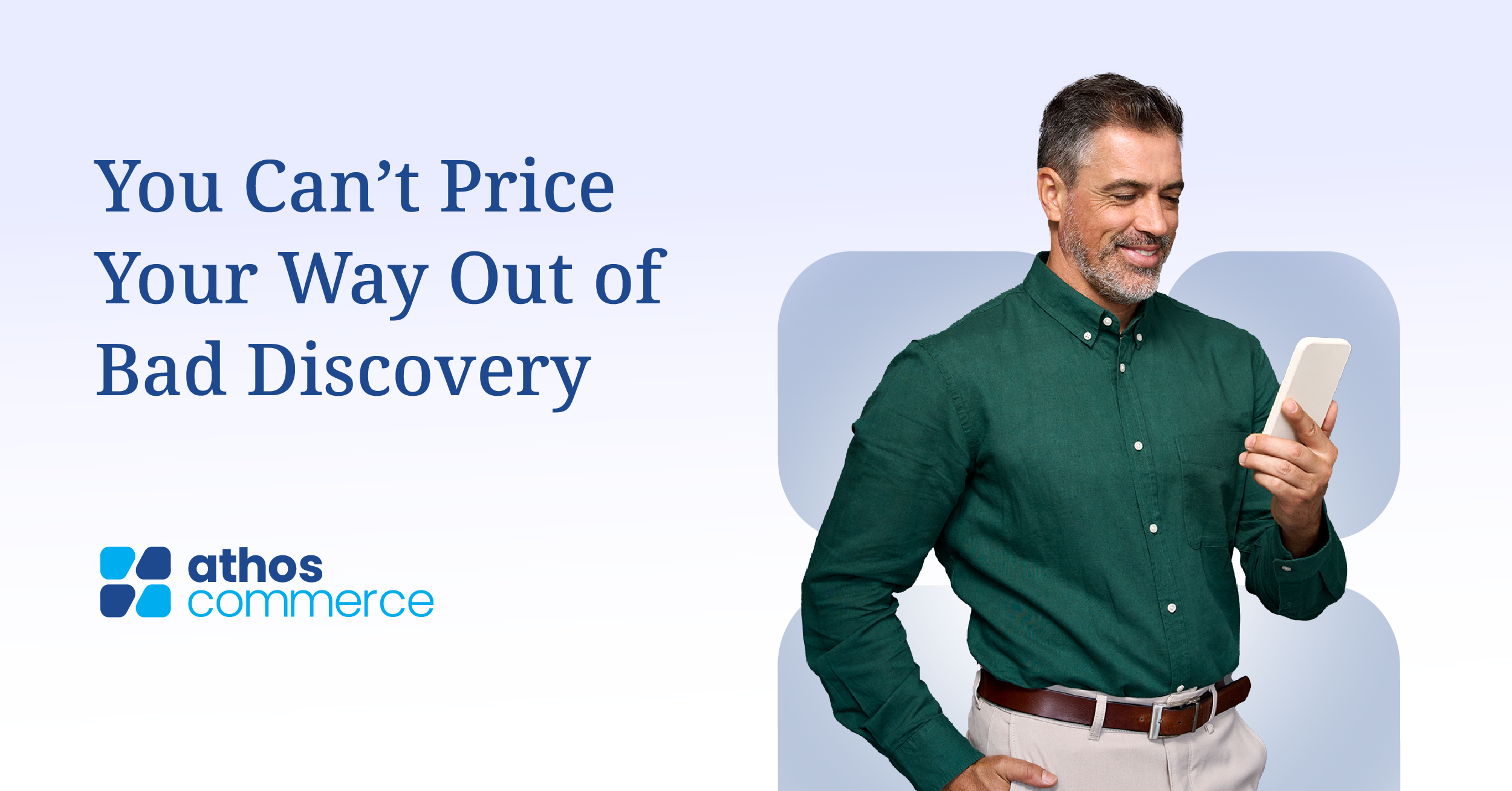In 2025, ecommerce teams face a perfect storm: tighter budgets, mounting tech fatigue, and a customer base that expects faster, frictionless experiences at every touchpoint. Against this backdrop, we brought together a panel of industry experts — Christina Cardelio (Strategic Account Executive, Yottaa), James Roberts (VP of Strategy & Business Development, ROSWELL), and Arthur Root (Founder & CEO, Nostra) — to discuss how leading brands are transforming their ecommerce tech stacks to stay competitive.
The conversation was packed with actionable insights. Here are six key takeaways from the discussion — and how you can put them into practice.
1. Efficiency First — Speed & Performance Matter More than Ever
If there’s one thing the panel agreed on, it’s that efficiency is now the growth strategy. For many teams, the pressure to “do more with less” isn’t just a 2023–24 phenomenon — it’s the defining reality of 2025.
Arthur put it succinctly:
Arthur Root
Christina reinforced that site speed is one of the easiest and highest-ROI levers brands can pull right now:
Christina Cardelio
Actionable Steps:
- Conduct a site speed audit across both desktop and mobile.
- Defer or remove non-essential third-party scripts that slow down performance.
- Benchmark against industry leaders and set clear targets for page load time and Core Web Vitals.
2. Tech Stack Sprawl is Costing More Than You Think
In the rush to adopt new tools, many teams have unintentionally created fragmented, overlapping, or underutilized tech stacks. This “tool sprawl” is now one of the biggest sources of inefficiency.
James called out the hidden costs:
James Roberts
Arthur added that the cost isn’t just financial — it’s performance-related:
Arthur Root
Actionable Steps:
- Map your current stack and identify redundant tools or overlapping functionality.
- Consolidate vendors where possible to reduce costs and simplify data management.
- Prioritize solutions with native integrations that reduce custom dev work and latency.
3. Monitoring & Real-Time Visibility Drive Conversions
Site performance is not a “set it and forget it” task. The panel emphasized that continuous monitoring is now essential for catching performance dips before they turn into revenue losses.
James was clear about the stakes:
James Roberts
Christina suggested going beyond uptime monitoring to watch for micro-interactions:
- Bounce rate and abandonment trends across PDPs and checkout flows
- Device-specific slowdowns (especially on mobile)
- Third-party latency issues that may be invisible until they’re impacting conversions
Actionable Steps:
- Set up dashboards and alerts for key metrics like LCP, bounce rate, and cart abandonment.
- Review site health weekly, not quarterly, to stay proactive.
- Align monitoring tools with marketing analytics to directly tie performance to revenue impact.
4. Cross-Functional Alignment is a Competitive Advantage
One of the strongest themes of the discussion was the importance of aligning marketing, product, and engineering around shared performance goals.
Arthur framed it as foundational:
Arthur Root
This means marketing shouldn’t just be focused on campaigns — they should be asking how site speed, personalization latency, and even caching strategies affect conversion and CAC. James encouraged teams to apply a revenue lens to every technical decision:
Actionable Steps:
- Create shared KPIs that connect performance to business outcomes (e.g., conversion per session, time to first paint).
- Hold joint planning sessions before major campaigns or site changes.
- Celebrate wins together when optimizations lead to measurable revenue gains.
5. Scalability & Resilience Beat Feature Chasing
A recurring theme was that scalability is a better investment than shiny new features. Arthur shared that even seemingly small inefficiencies compound during peak traffic moments, turning minor issues into major revenue losses.
Christina explained the impact clearly:
Christina Cardelio
Actionable Steps:
- Conduct load testing to simulate peak events like BFCM or major promo days.
- Review caching strategies and CDN performance to ensure quick response times under pressure.
- Have contingency plans for third-party outages so shoppers can still browse and buy.
6. Optimization is Ongoing — Not a One-Time Project
Perhaps the most important takeaway: there’s no finish line when it comes to optimization.
James summed it up well:
James Roberts
Arthur agreed, encouraging brands to invest in feedback loops — not just dashboards — so that teams can act on real shopper behavior, not assumptions.
Actionable Steps:
- Establish a quarterly optimization roadmap that includes speed audits, A/B tests, and conversion funnel reviews.
- Incorporate qualitative insights (e.g., session replays, heatmaps) alongside quantitative data.
- Treat optimization as a continuous cycle tied to revenue goals, not a box to check.
Final Thoughts
In 2025, efficiency is the path to profitable growth. Brands that consolidate their tech stacks, monitor performance relentlessly, and align teams around shared KPIs will not only save costs — they’ll capture more revenue from the traffic they already have.
When you streamline first, you’re ready to scale confidently.
📺 Watch the Webinar On-Demand
Want to hear the full conversation with Christina, James, and Arthur?




